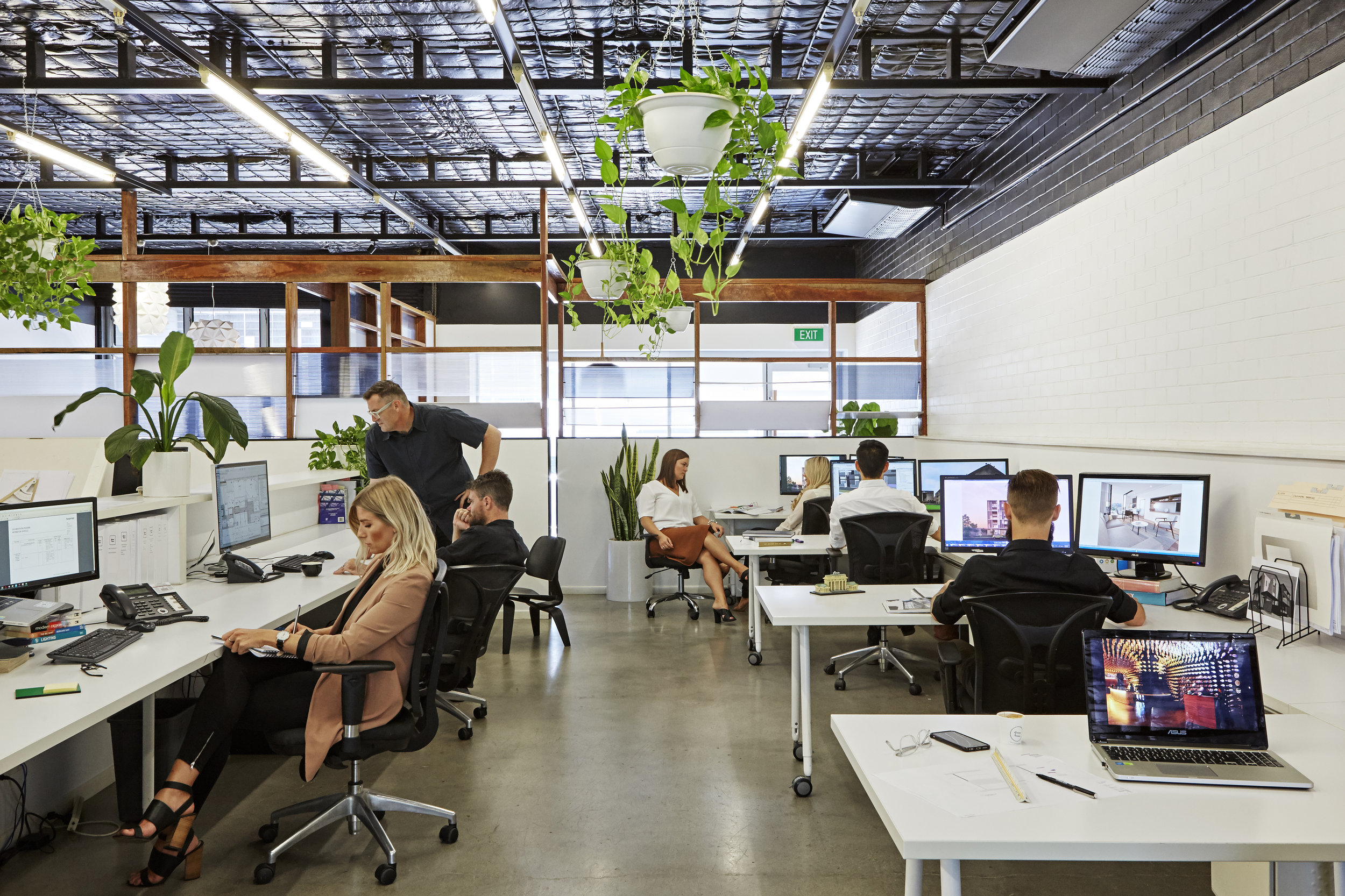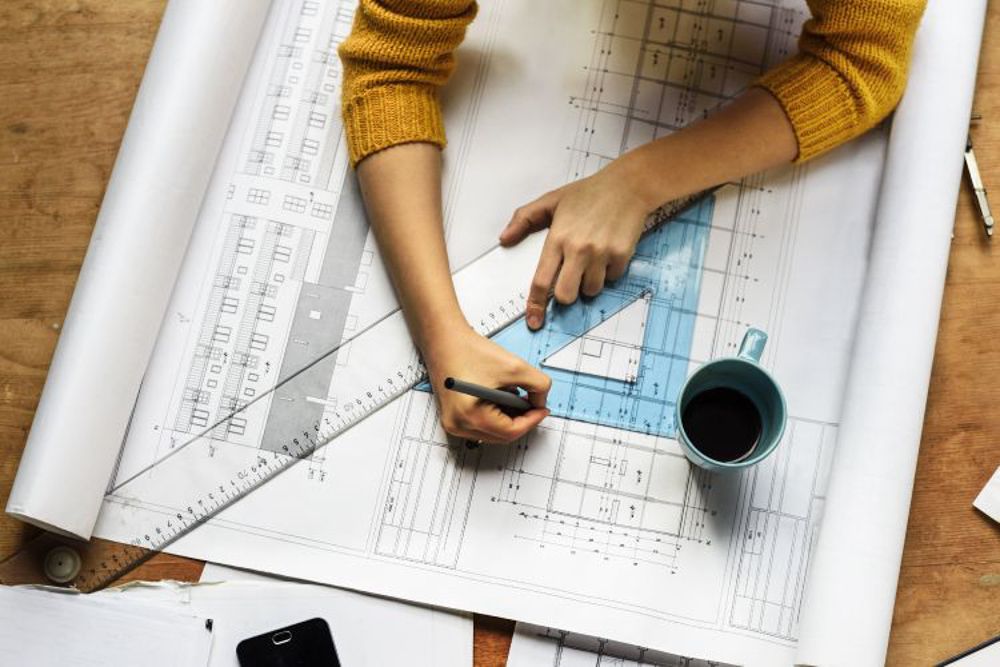Elevate Your Home with a Skilled Winchester Architect Near You
Elevate Your Home with a Skilled Winchester Architect Near You
Blog Article
Maximizing Visual Charm: The Synergy Between Interior Design and Home Architect Strategies
Comprehending the refined interplay in between interior decoration and home architecture can considerably raise the visual allure of a living area. This marital relationship of style disciplines entails a thoughtful integration of architectural components with interior formats, and a skilled application of principles such as equilibrium, rhythm, and contrast. As we discover this synergy, we will certainly uncover methods to develop practical and aesthetically striking environments that not just mirror personal design, but likewise adjust to the dynamic demands of modern living.
Comprehending the Essentials: Defining Interior Design and Home Style
Interior style and home style, typically linked, stand for the aesthetic and architectural aspects of our living areas. Interior Design is a multifaceted self-control that entails creating functional, secure, and aesthetically pleasing spaces inside a building. It consists of components such as furniture setup, shade control, and accessory choice. On the other hand, home design largely focuses on the solid framework of a structure. It involves developing a practical and cosmetically pleasing structure that stands the examination of time. It incorporates elements such as space planning, building and construction, and sustainability. Both areas call for a deep understanding of human habits, culture, and psychology. Each plays an essential function in shaping our living atmospheres, contributing to our overall comfort, performance, and wellness.
The Synergy Explained: How Interior Design and Home Style Intersect
Comprehending the synergy in between interior layout and home design can unlock a globe of creativity and functionality. When reviewing this crossway, the impact of design on insides is an important aspect to take into consideration. This conversation will certainly concentrate on the unifying design concepts that blend these 2 areas right into a harmonious whole
Unifying Design Principles
While it may appear that interior layout and home style are two unique techniques, they are actually deeply interconnected, developing a harmony that is essential for producing harmonious living spaces. Unifying design principles are the pillars that promote this synergy. The concepts consist of equilibrium, rhythm, comparison, focus, and harmony. These aspects coalesce to give a natural visual charm. Balance creates a sense of security, rhythm gives a feeling of motion, consistency ensures unity, contrast sparks rate of interest, and focus attracts focus to crucial elements. The tactical application of these principles makes it possible for a smooth blend of aesthetics and feature, boosting the total experience of the space. Essentially, these concepts function as the bridge, unifying indoor layout and building techniques.
Building Impact on Insides
The intertwining of indoor design and design ends up being a lot more apparent when one takes into consideration the architectural impact on insides. Building aspects are innate to a room's capability and aesthetics, forming the style from the beginning. Columns, staircases, beams or arcs, for instance, serve both architectural and ornamental functions. They can divide areas, produce prime focus or imbue a room with a specific ambiance. Factor to consider of percentage, texture, and light likewise come from architectural impacts. Inevitably, design molds the canvas upon which indoor designers function. Their synergy is hence undeniable: style establishes the structure, which indoor style enhances with decoration, shade, and texture. This symbiotic connection makes certain an unified balance in between feature and elegance, optimizing the visual appeal of any type of room.
Key Principles in Integrating Interior Design and Home Style
Striking an equilibrium in between capability and visual appeal is an essential aspect of harmonizing interior decoration and home architecture. An equally important concept is the assimilation of lasting style to produce environment-friendly and energy-efficient homes. Finally, understanding and checking out different architectural styles can additionally play an essential function in achieving a harmonious design.

Stabilizing Performance and Aesthetics
Balancing capability and aesthetics in interior decoration and go to website home architecture emerges as one of the extremely important concepts to consider. This fragile balance calls for a thorough blend of practicality and charm, aiming to create rooms that are not just aesthetically pleasing but also serve their desired objective successfully. Visual appeal uplifts the mood and influences the assumption of room, whereas capability ensures usability and convenience. Key to this balance is a thoughtful selection of elements such as appearance, shade, and illumination, which need to enhance each various other while serving their individual roles. Equally important is the efficient setup of the room, with a tactical layout contributing considerably to the synergy in between capability and appearances. This harmonious blend ultimately improves the top quality of life for the owners.
Lasting Layout Combination
In maintaining the stability in between capability and looks, one must also take into consideration the assimilation of lasting style concepts. This strategy not only boosts the visual appeal of a space but likewise ensures its longevity and lowered environmental effect. A harmonious fusion of indoor style and home design, directed by sustainability, can produce areas that are stunning, helpful site practical, and environmentally pleasant.
Checking Out Architectural Styles
While there are a wide variety of architectural designs to explore, it is necessary to understand that every one brings its distinct concepts that can substantially influence the harmonization of interior decoration and home design. These styles, varying from the ornate Baroque to the minimal Modernist, bring distinct ideologies and appearances that, when appropriately understood and used, can create homes that are not just aesthetically stunning however also sympathetically incorporated in terms of layout and design. Picking an architectural design is not merely concerning personal visual preference; it has to do with choosing a style language that speaks with the home owner's way of life, philosophy, and ambitions, developing a home that is a true reflection of its citizens.
Case Studies: Exceptional Examples of Layout and Design Harmony
Looking into some phenomenal situation researches provides a profound understanding of exactly how layout and architecture can harmoniously combine to develop compelling and practical rooms. The renowned Fallingwater home, created by Frank Lloyd Wright, exquisitely demonstrates this synergy. Wright's style masterfully incorporates the residence with its surrounding landscape, while the interior mirrors the exterior's organic kinds. An additional example is the minimalistic Tadao Ando's Church of Light in Japan. The architect accomplished a best equilibrium between simplicity and drama, using raw concrete and light. Internally, the plain, very little layout produces a feeling of harmony and spiritual reflection. These instances show the relevance of harmony in between interior decoration and style in attaining aesthetic and practical success.
Practical Tips: Enhancing Your Home's Visual Appeal
Attracting ideas from the study of architectural and layout harmony, home owners also can execute some useful strategies to improve their home's aesthetic charm. A harmonious blend of shades, structures, and lighting can improve a room, producing a warm and welcoming environment. Opting for furnishings that complements the architectural components of your house can foster a feeling of unity. Wall art and decoration pieces can add personality, reflecting individual style and preference. Incorporating greenery, either through indoor plants or sights to the outdoors, can bring an aspect of nature, supplying a soothing effect. Brilliant use mirrors can open a space, offering an illusion of a bigger area. Inevitably, the aesthetic charm depends on balancing capability with design, developing a home that is both lovely and livable.

Future Patterns: How Modern Techniques Are Transforming Interior Design and Design
As the world advances, so do the fads in interior design and design. Modern techniques are progressively concentrating on sustainability, including eco-friendly materials and energy-efficient styles. These trends show a shift towards styles that are not just aesthetically pleasing, however additionally ecologically conscious, technologically advanced, and adaptable to altering way of lives.
Conclusion
In final thought, the assimilation of interior decoration and home architecture techniques is a vibrant their website technique to improving visual charm. By leveraging key concepts like contrast, rhythm, and balance, and including components of modern-day living, developers can create functional, visually pleasing environments. Via recognizing this harmony, property owners can make informed choices that not only boost their living areas but likewise add to their total well-being.
Recognizing the refined interplay in between indoor style and home architecture can dramatically raise the visual appeal of a living room.Interior design and home style, typically linked, represent the architectural and visual elements of our living rooms.While it may appear that interior style and home style are two distinctive self-controls, they are actually deeply interconnected, developing a harmony that is necessary for creating harmonious living areas.The intertwining of interior style and style becomes also extra obvious when one takes into consideration the building impact on interiors. A harmonious combination of indoor design and home design, guided by sustainability, can produce rooms that are lovely, useful, and eco friendly.
Report this page